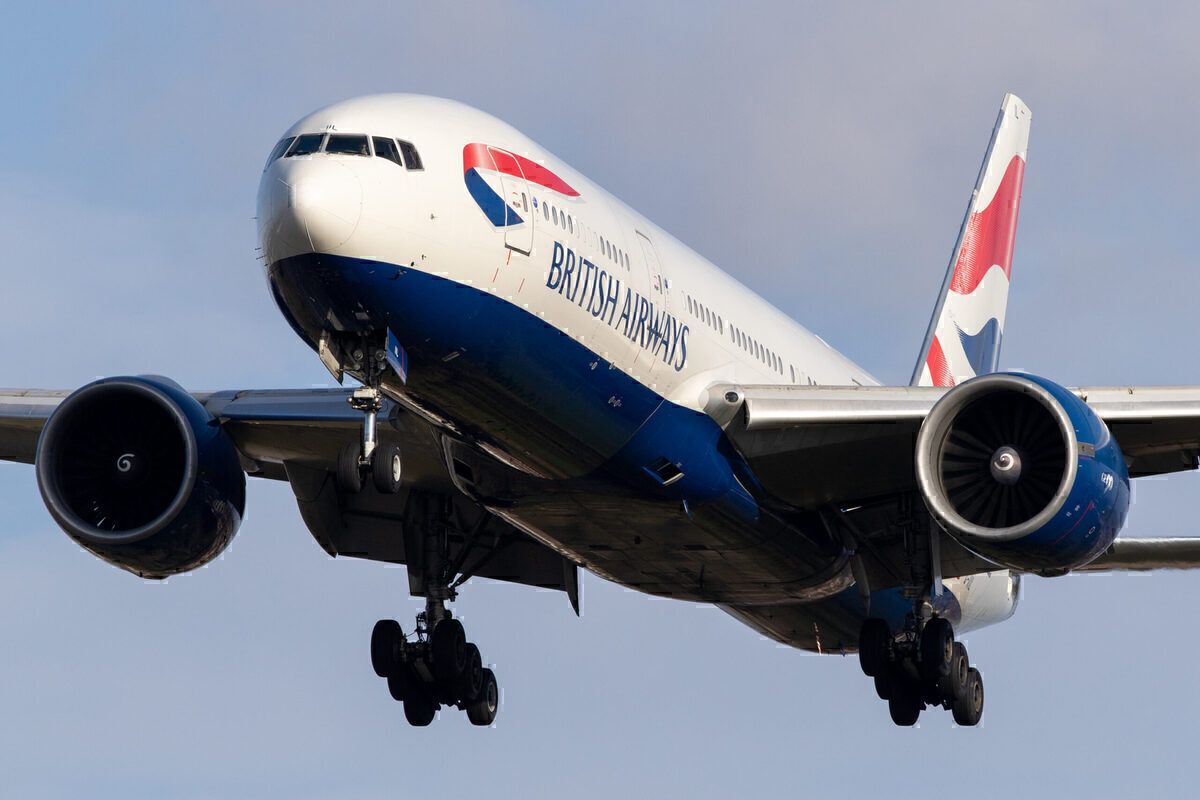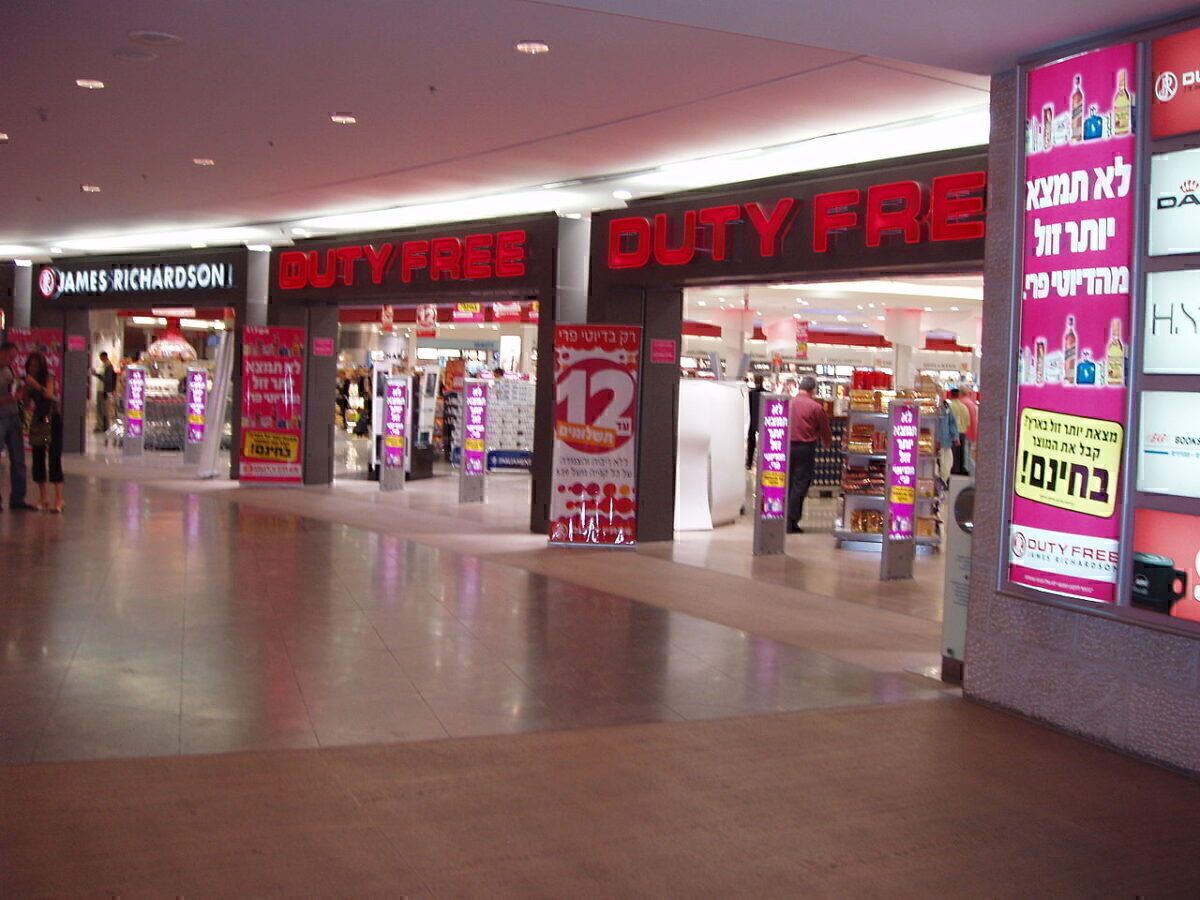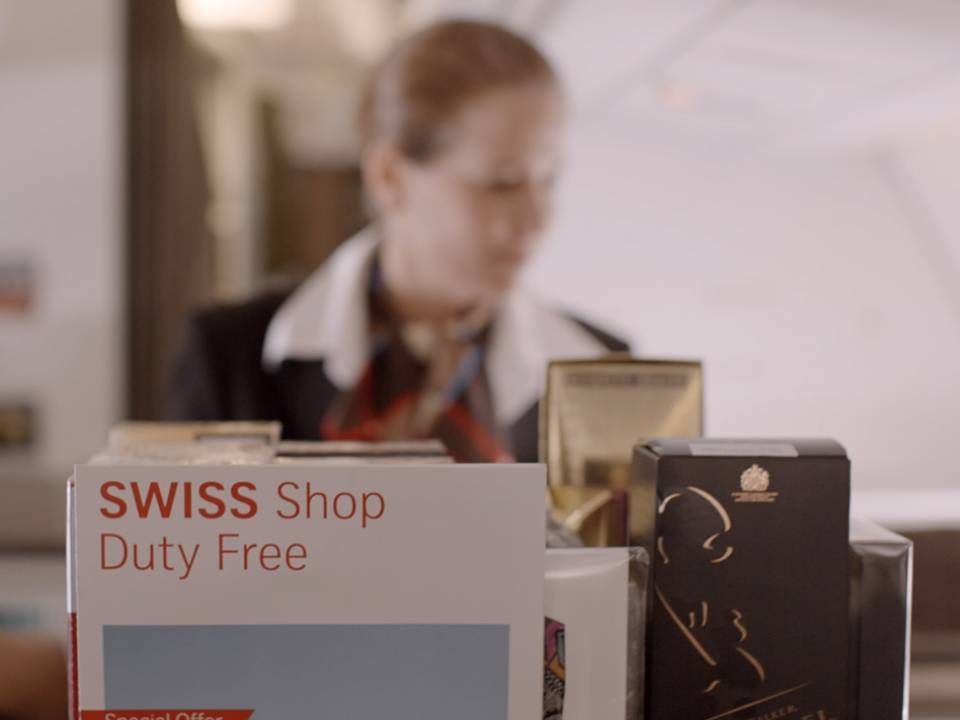Before we get into duty-free sales onboard flights, you first have to understand what duty-free means and why it is so attractive to international travelers. Many countries offer visitors the chance to purchase items while traveling overseas without the need to pay taxes. These taxes often push the price of items up by 20% or more, depending on the tax levied on what you are buying. For example, cigarettes can be heavily taxed, so they are always a popular choice for people who smoke.
Visitors to the United Kingdom can avoid paying 20% value-added taxes (VAT) on goods by asking for a duty-free form at retail establishments that offer duty-free shopping, such as Harrods in London. Unfortunately, this scheme is about to end in the United Kingdom on January 1, 2021, following Chancellor Rishi Sunak's decision to scrap the scheme. Many fear that with the UK no longer offering tax-free shopping to overseas visitors, well-heeled visitors from the Middle East and China will cross London off their list and head to Paris or Milan instead.
What is a duty-free shop?
Always found air-side at airports, the world's first duty-free shop was opened in Shannon Airport in Ireland in 1947 by Brendan O'Regan. The concept of the shop was to provided tax-free shopping for transatlantic airline passengers typically traveling between Europe and North America whose planes had to land in Ireland to refuel.
The store was an immediate success and has been copied at airports around the world. You will notice that all airport duty-free shops tend to offer designer name brands and have a wide assortment of tobacco, alcohol, and perfumes for sale as these are goods that tend to be taxed at a higher rate as they are regarded as being a luxury by many governments and often have higher rates of tax allocated to them.
What is onboard duty-free shopping?
Seeing how successful duty-free shops in airports were, airlines saw the concept of offering duty-free shopping to make extra revenue. Back before we had inflight WiFi and many films and television shows to watch, passengers would not have much to do other than stare out of the window, read the airlines magazine, or shop from the SkyMall catalog. In between meals, the cabin crew would announce that they were coming through the cabin with a selection of duty-free items for sale while touting one item or another.
Watches were always a popular choice as they could be stored without taking out too much room, and because of their high retail price, they offered huge savings to the consumer when purchased without paying the tax. Sometimes the tax on high-quality products could be as much as 40%, depending on the country.
Before inflight connectivity arrived and people started using their smartphones to tell the time onboard duty-free sales revenues were more than $3 billion a year. Other than low-cost carriers like Ryanair, easyJet, and Jet2 that often cater to holidaymakers, the bigger carriers are ditching duty-free sales.
Big carriers are stopping onboard sales
Having a stock of duty-free items for sale to your passengers requires taking up space to store them and adds extra weight to the aircraft, something airlines are always looking to cut down on. This and the cost of printing are why inflight magazines are disappearing in favor of online content. Because the Internet now takes up so much time in our lives, passengers can shop to their heart's content while cruising at 35,000 feet. Next day delivery with Amazon Prime is a wonderful thing, and while you may not get the tax break, it is much more convenient than lugging another bag around.
No major US airline now offers duty-free shopping, and many international carriers are also following suit by getting rid of a service that has passed its sell-by date.
Can you remember the last time you ever bought something duty-free onboard? If so, please tell us what it was and why you bought it in the comments.



